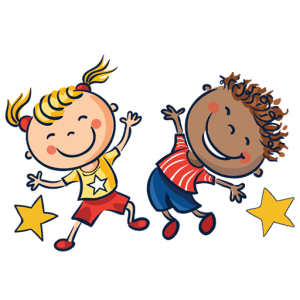© 2024 Stretch-n-Grow International. All rights reserved.
- 800.348.0166
- info@stretch-n-grow.com
- Privacy Policy

One of the key ways children learn and grow is through interactions with other people. They develop an understanding of themselves, other people, and the world at large by observing, interacting, and engaging. This area of growth is known as social-emotional learning, and it is very important to start developing it at an early age.
To learn more about ways to encourage social-emotional learning, check out this article from the Stretch-n-Grow blog!
Learn more about joining the Stretch-n-Grow Family here, find a class for your child here, or email us at info@Stretch-n-Grow.com!

Bethany is a freelance writer and editor. Click on her name to find out more!